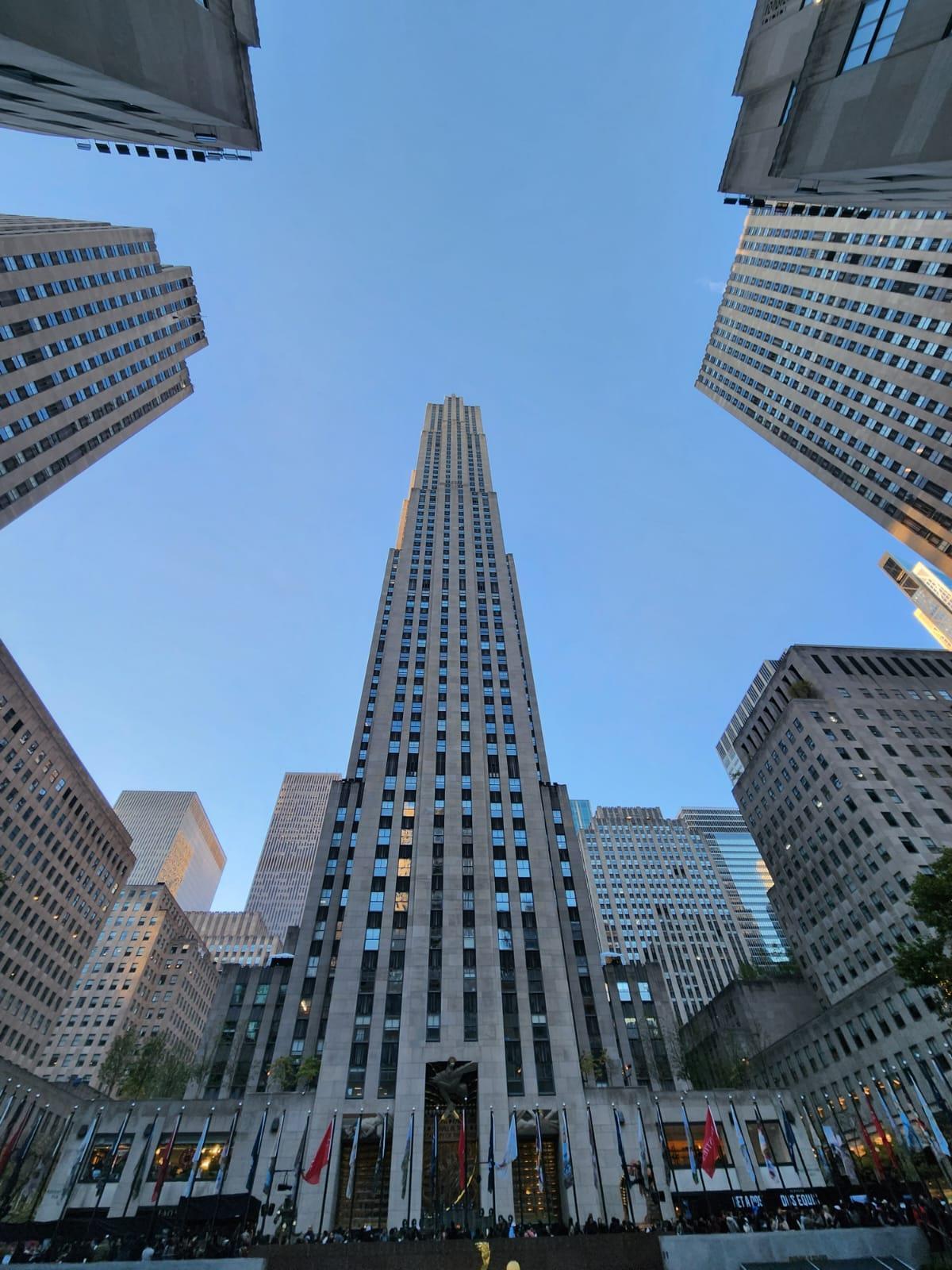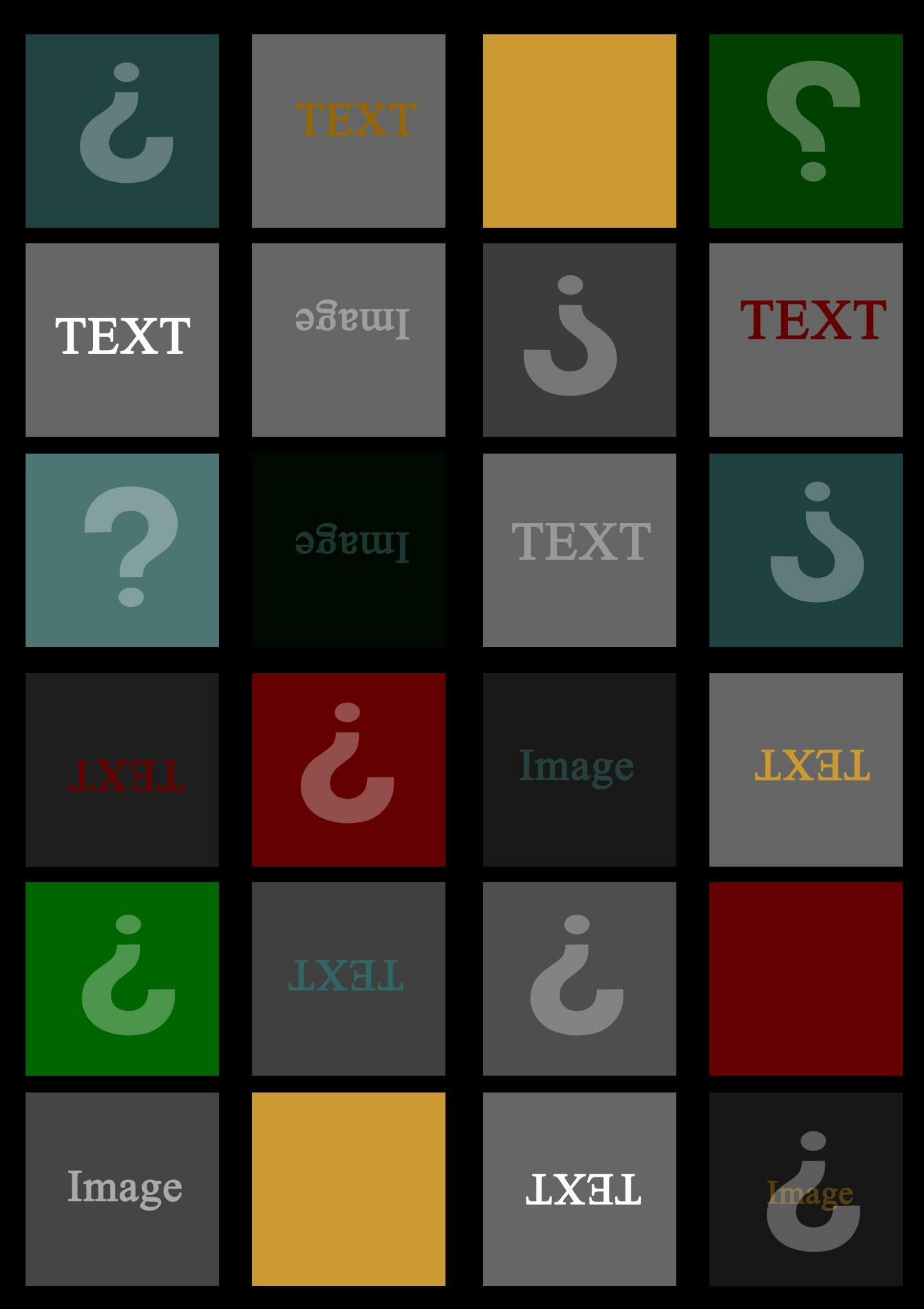
8 minute read
The ritual of imprisonment……………………………………….24
Paint brushes
Artists use paint brushes today to create aesthetic effects but paint brushes were as revolutionary as the effects of war, a tool for recording history that was once witnessed. Was it a question of necessity to create the paint brush? If this helpful tool had not been created, would we record the world at all? There would be no visual evidence of how our long-ago ancestors lived, paint brushes are not given much importance, but their absence would have some secrets buried. Along with its history, there are some facts that we turn blind eye to.
Advertisement
There are some dark facts about the production of paint brushes. Cruel methods for killing animals such as badger, mongoose, pony, squirrel, sable, wolf, goat, ox, camel, raccoon, rabbit are used for paint brush production. However, over time, the materials changed, to manmade synthetics which now leads to the question of sustainability. Paint brushes were created by Paleothians, who sought to record events and perhaps to keep the memories of them in present and for future generations as a tool. The paintbrush has contributed to the social, political, and cultural development of the world. If it didn’t exist, would the pen still be mightier than the sword?
Frames captured in a frame on Coney Island
Coney Island
I arrived on the island on Friday night. I wonder why the island is empty. Restaurants are shut and I see hardly any humans on the island. However, I can identify the island from far away because of the roller coaster and its lights that say “CYCLONE”. It visually acts as a landmark for that area. It is cold and the continuous breeze is making it difficult for us to walk and explore.
There are a few seatings on the edge of the pedestrian pathway, which gives people an opportunity to sit and take in a view of the place, to feel its architecture. Three empty frames placed at different heights suggest a place for photos. They create the perfect background for any portrait. Alternatively, they point the eye to beautiful scenery without human presence. This object acts as a pause, stopping people for memorable views. The street light in the background gives perfect exposure and shade for the photographs.
I believe each scene that I perceive from my eyes separately has a different story to tell and each fragment of the story has a different angle of perception.The object develops curiosity to understand a different story each frame has to narrate. I wonder if I look through the frame placed on lower height and from the frame placed on the higher height, would it change how I perceive the world?

View of Rockefeller Plaza from ground level
The mighty 30 Rockefeller Plaza.
Understanding a marvel like Rockefeller Plaza requires more than just viewing it as a tourist attraction. One needs to measure its verticality visually and then physically. One needs to walk along its axis and follow the transitions both horizontally and vertically.
I am facing the northwest area of the Plaza. The sky seems crowded with buildings yet the Rockefeller tower standing in the center stands out due to its linearity. The verticals rising in the sky make the building appear even taller. The color palate of the plaza is subtle; it blends with the architectural fabric of the surroundings. The building blocks stop at different heights which makes it seem they are in competition to reach the sky. The windows, like chameleons, change their color as the reflection of sun travels through the facade of the plaza.
An arrangement of flags makes it look like a legislative building, however the human congestion and Halloween celebration burst the bubble. I walk towards the queue that leads to the observation deck. It is dusk. At the top, I can see where I was standing when I was on the ground and how the city glitters. The only thing that comes to my mind is the album “Empire state of mind”, by Jay-Z and Alicia Keys.

Image from works of Karl Blossfeldt
Simplicity
“Simplicity is the ultimate sophistication”
- Leonardo Da Vinci
One of the greatest attributes of architecture is simple symmetry. The image of a flower that blooms and protects the cocoon suggests an architectural idea of preservation. The sense of protectiveness is dense. Architecturally, it correlates with the idea of preserving structures of different eras for the future. It is an act of being rationally conscious.
Assuming a plane of reference passing through the middle of the flower horizontally. The space that forms with division above and below the plane can be habitable. Purpose of spaces below the plane can be to provide protection. Another aspect of the plane is its material. If the material of the plane is water, the reflection of the structure that is above the plane in the water becomes interesting. Water as a natural element allows the merge of tangible and intangible realms of spaces.
Apart from architectural principles and design elements, structural integrity is also essential. The junction where the two spaces meet can also act as a structural member to support both what is above and beneath the plane of reflection.

Painting by Kerry James Marshall, “OUR TOWN” from Garden project series
“OUR TOWN” belongs to the series called “THE GARDEN PROJECT”, where the artist, Kerry James Marshall talks about President Franklin D. Roosevelt signing the housing act of 1937. The motive of the act suggests elimination of city slums, stopping crime and disease, therefore improving the life of urban poor. Unfortunately, the plan fails.1
“Our Town” has a deeper meaning than what is apparent. The figures painted in black do not appear to be flat. As amazing as it is, the shades of black Marshall used to portray the figures are dynamic. The figures then become the protagonist of the painting.
In a conversation with Arthur Jafa, KJM mentions organizing the layers and sequence of the painting with a certain perspective and the movement that figures should portray. The decision of selecting and organizing the pieces methodically is expressed in a way so that collectively the painting narrates the story to its true potential. Even though KJM paints this painting on the different cut-outs of papers, it does not seem that different parts of the painting are composite. They all appear to be in one piece.
The painting visually creates juxtaposition by showing history and imagining a happy future for black people. In order to achieve the contrast, some parts of the painting in the foreground are blurry. The painting visually time travels three dimensionally between the idea of the American dream for black people and the preconceived future.
A relationship to the painting’s atmosphere and the first half of the play “Our Town” is lucid because the first half of the play depicts just a normal, happy day in people’s lives like the blue birds with ribbons, the trees, the rising of sun and its bright sun rays covering almost forty percent of the canvas space in the paintings except the play does not have black people in it.
The difference between the perfectly portrayed first house compared to other houses in the background is evident. The house with details has a swimming pool and swings. The ribbon tied around the trees is a symbol that someone from the family is serving in the military. The letter “O” in the title is partially painted. The motherly figure with an apron is waving her hand towards the children running out of the frame. The painting overall is a depiction of positive thoughts.
The boy also wears different footwear in both his legs which can slightly be deviating because it might be depicting the current time. The girl showing her fist seems very symbolic. The use of colours like blue, white and red are expressions of passion. KJM subtly paints the failure and aspirations of public housing for black people.2

Illustration of Dorothea from Invisible cities
REVELATION
We circumnavigate around the same path in life, including memory lane, yet fail to notice the details. As soon as we start observing them, we realize there are unnoticed, minute variations to it. Should we believe that we lack attention in observing things or the detail wants to keep itself hidden? I still wonder if the incompleteness in observing things is because our present becomes past and our future becomes present, only to make us realize that changes over time are inevitable.
As I think deeper about the camel driver thinking about the door he kept closed, I realized that he was unaware of the possibilities ahead of him. But he then realizes that it's just the first door he opened, and then he knows that the door has led him to many other doors.

An image from HA house project from the series “Houses for Trees”
THE RITUAL OF IMPRISONMENT
The HA house project is a residential project that belongs to series of project called “HOUSES FOR TREES”. The most important requirement of the users is a “large green garden” with amenities like a library, swimming pool, etc. It is challenging to create multiple spaces along with a “large green garden” in 137 sq. m. Hence, the architect's decision to go vertical with the design of green spaces is innovative.
The spaces for trees are designed in such a way that, along with a large green garden, each bedroom has a private garden that divides public and private use. Although the difference is not significant, the design appears to form a grid and micro-grids created with horizontal and vertical layers of the building.
Built structures appear to be mere containers for trees to fit in, symbolizing tree as an interdependent breathable feature for the built. Users want to live with nature without disturbing their own comfort, thus humans are caging trees under the name of sustainability. This simply makes trees a sign of nature. I wonder if the representation of particular trees ever refers to the region they belong to? or is the representation just a method to approach for trees to be green.



